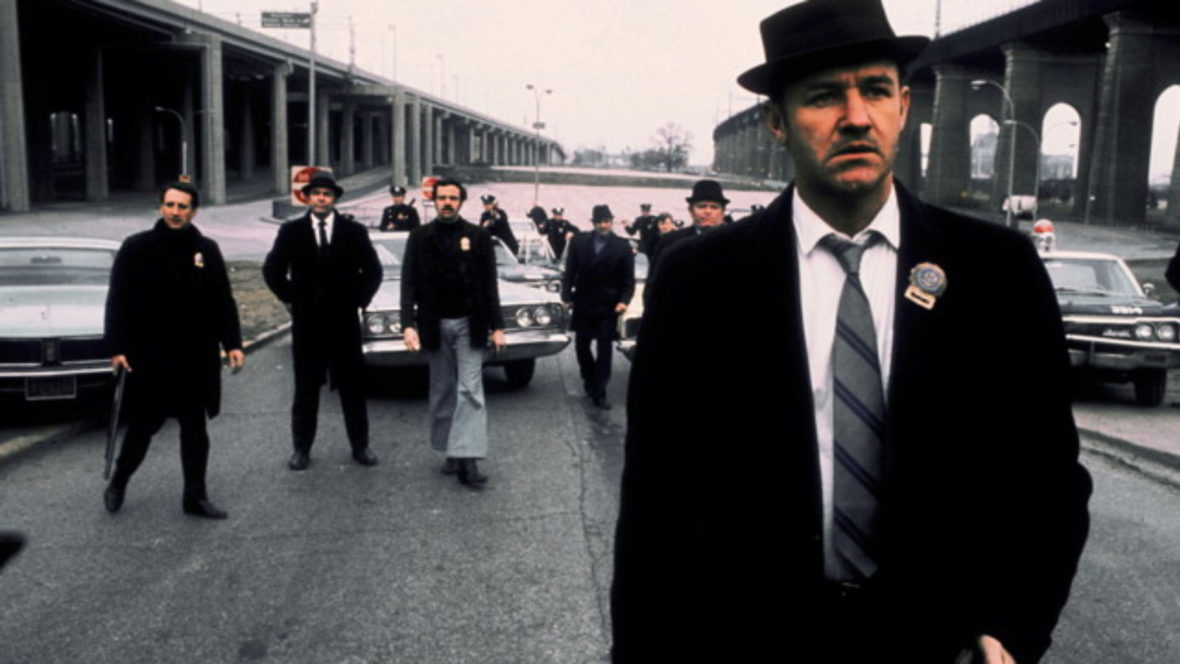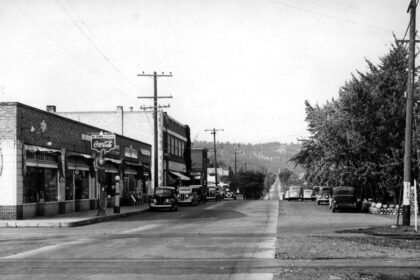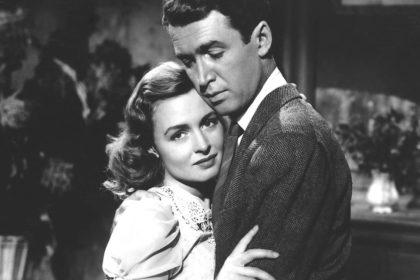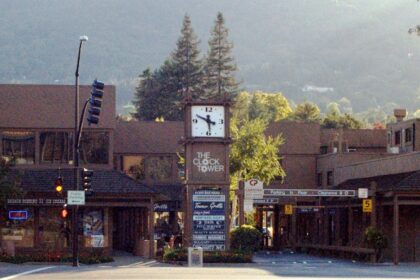The French Connection is a 1971 American crime thriller movie directed by William Friedkin. The screenplay, written by Ernest Tidyman, is based on Robin Moore’s 1969 non-fiction book The French Connection: A True Account of Cops, Narcotics, and International Conspiracy. Take a look below for 30 more fun and interesting facts about The French Connection.
1. The French Connection tells the story of New York Police Department detectives Jimmy “Popeye” Doyle and Buddy “Cloudy” Russo, whose real-life counterparts were Narcotics Detectives Eddie Egan and Sonny Grosso, in pursuit of wealthy French heroin smuggler Alain Charnier.
2. The movie stars Gene Hackman as Popeye, Roy Scheider as Cloudy, and Fernando Rey as Charnier.
3. The French Connection was the first R-rated movie to win the Academy Award for Best Picture since the introduction of the MPAA film rating system.
4. The movie won Academy Awards for Best Picture, Best Actor, Best Director, Best Film Editing and Best Adapted Screenplay.
5. Ernest Tidyman received a Golden Globe Award nomination, a Writers Guild of America Award and an Edgar Award for his screenplay.
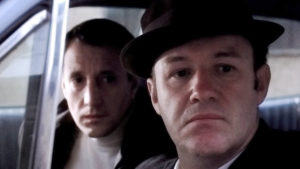
6. The American Film Institute included the movie in its list of the best American movies in 1998 and again in 2007.
7. In 2005, the movie was selected for preservation in the United States National Film Registry by the Library of Congress as being, “culturally, historically, or aesthetically significant.”
8. The car crash during the chase sequence, at the intersection of Stillwell Ave. and 86th St., was unplanned and was included because of its realism. The man whose car was hit had just left his house a few blocks from the intersection to go to work and was unaware that a car chase was being filmed. The producers later paid the bill for the repairs to his car.
9. To save money on the budget and also because they didn’t always have permits. William Friedkin had the cameraman carted around in a wheelchair instead of using a camera mounted on dolly tracks for the moving shots. This is most noticeable when Gene Hackman runs to then enters the subway car. As the camera follows Hackman running towards the car, the film movement is smooth but then shakes noticeably as the cameraman has to get up from the wheelchair and follow Hackman into the subway car.
10. According to William Friedkin, the significance of the straw hat being tossed onto the shelf of the rear window in Doyle and Russo’s car was that, at that time it was a universal signal in New York City that the undercover cops in the car were on duty.
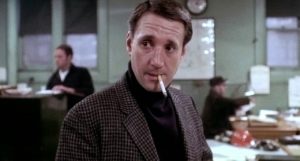
11. Roy Scheider and Gene Hackman patrolled with Eddie Egan and Sonny Grosso for a month to get the feel of the characters. Hackman became disgusted at the sights he saw during this patrol. In one incident, he had to help restrain a suspect in the squad car and later worried that he would be sued for impersonating a policeman.
12. All of the extras used in the first bar scene were real-life police officers.
13. The principal car chase scene was widely considered to be the best ever put on film at the time, overtaking Bullitt. William Friedkin later attempted to outdo himself with a chase sequence in To Live and Die in L.A.
14. According to William Friedkin, Gene Hackman had a hard time saying Doyle’s racist language without cringing.
15. The actual events of The French Connection took place between October 7, 1961, and February 24, 1962.
16. According to William Friedkin on his DVD commentary, the scene where Weinstock’s chemist tests the heroin’s purity uses actual heroin, and not flour or cornstarch or some other commonly used substitute.
17. Cameras and equipment would often freeze during shooting due to near freezing temperatures during the winter shooting in New York City and Brooklyn.
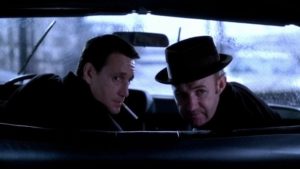
18. The officer shot on the train was an actual New York Transit Authority policeman. He was a member of the Actor’s Guild.
19. Steve McQueen was offered the chance to star in the movie. Having already played a police officer in Bullitt, he didn’t want to act in any more police roles, and turned down the offer.
20. On the DVD commentary, William Friedkin notes that due to the low budget, no sets were built.
21. In at least one glimpse of the Manhattan skyline, as the car is being unloaded from the cargo ship, you can see the first of the World Trade Center towers under construction.
22. The traffic jam on the Brooklyn Bridge was shot without permission.
23. Even though there isn’t a note of music during the car chase scene, William Friedkin cut that sequence to the tempo of Carlos Santana’s “Black Magic Woman.”
24. Gene Hackman received the role of Popeye Doyle after an interview with William Friedkin without auditioning, reading the part, or screen testing.
25. A year after the movie’s release, the huge cache of heroin that the New York police seized, disappeared.
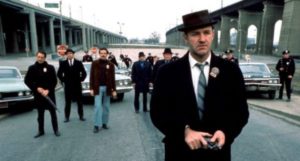
26. Roy Scheider was convinced that he had lost the part as he stormed out of his audition. However, that was the reason why he was cast.
27. In an interview, William Friedkin said that Paul Newman was another top choice of his to play Popeye Doyle, but the producers had said that he was well out of their budget.
28. Jackie Gleason was also considered for the role of Popeye Doyle. However, 20th Century Fox didn’t want Gleason due to the box-office failure of Gigot.
29. Detective Eddie Egan wanted his catchphrase in the movie to be, “Addicts in the cellar, sellers in the attic.” Director William Friedkin eschewed this line, preferring the more enigmatic phrase, “Do you pick your feet in Poughkeepsie?”
30. For the 2009 Blue-ray release, William Friedkin controversially altered the movie’s color timing to give it a colder look. The film’s cinematographer Owen Roizman was incensed by this and called the new transfer “atrocious.”

